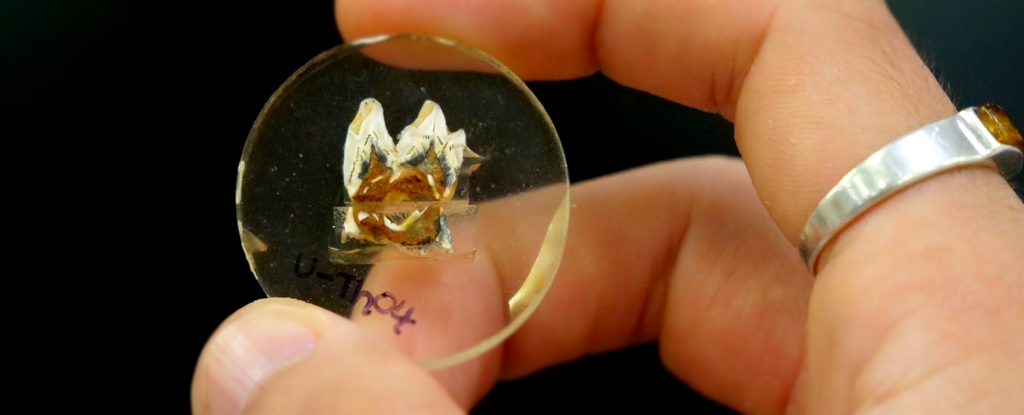‘Crunchy inside, flabby on the outside’: Rachel Roddy tests supermarket spaghetti
From scrumptious and slurpable to ghastly and gluey: our Rome correspondent tastes and rates UK supermarket spaghetti• The best kitchen knives for every job – chosen by chefsI’m looking for four things in pasta. First, its ability to hold up during cooking: good pasta retains structure and form, which helps it retain flavour and digestibility, which are the second and third things I look for. If the opposite is true and the pasta is not muscular, there is a good chance it will be flabby one minute and pudding-like the next, which adversely affects flavour, digestibility and – the fourth thing I look for – its ability to hold sauce. This fourth aspect is interesting, because, while a more rustic-looking, fine sandpaper-like texture is the visibly good sauce-catcher, some apparently smoother surfaces are surprisingly good with sauce, which is why trying out different brands can be really worthwhile.To test, I looked at the spaghetti raw, for its colour and texture, then I cooked it according to the rule of thumb of a litre of water salted with 10g of salt for every 100g of pasta. I always bring the water to a boil, then add salt, then stir, before adding the pasta and letting it come to a boil again before starting the timer. Continue reading...

From scrumptious and slurpable to ghastly and gluey: our Rome correspondent tastes and rates UK supermarket spaghetti
• The best kitchen knives for every job – chosen by chefs
I’m looking for four things in pasta. First, its ability to hold up during cooking: good pasta retains structure and form, which helps it retain flavour and digestibility, which are the second and third things I look for. If the opposite is true and the pasta is not muscular, there is a good chance it will be flabby one minute and pudding-like the next, which adversely affects flavour, digestibility and – the fourth thing I look for – its ability to hold sauce. This fourth aspect is interesting, because, while a more rustic-looking, fine sandpaper-like texture is the visibly good sauce-catcher, some apparently smoother surfaces are surprisingly good with sauce, which is why trying out different brands can be really worthwhile.
To test, I looked at the spaghetti raw, for its colour and texture, then I cooked it according to the rule of thumb of a litre of water salted with 10g of salt for every 100g of pasta. I always bring the water to a boil, then add salt, then stir, before adding the pasta and letting it come to a boil again before starting the timer. Continue reading...













































![[Dead] Japan Airlines First Class wide open through JetBlue TrueBlue (though it’s expensive)](https://frequentmiler.com/wp-content/uploads/2024/11/JAL-first-seat.jpg?#)




























